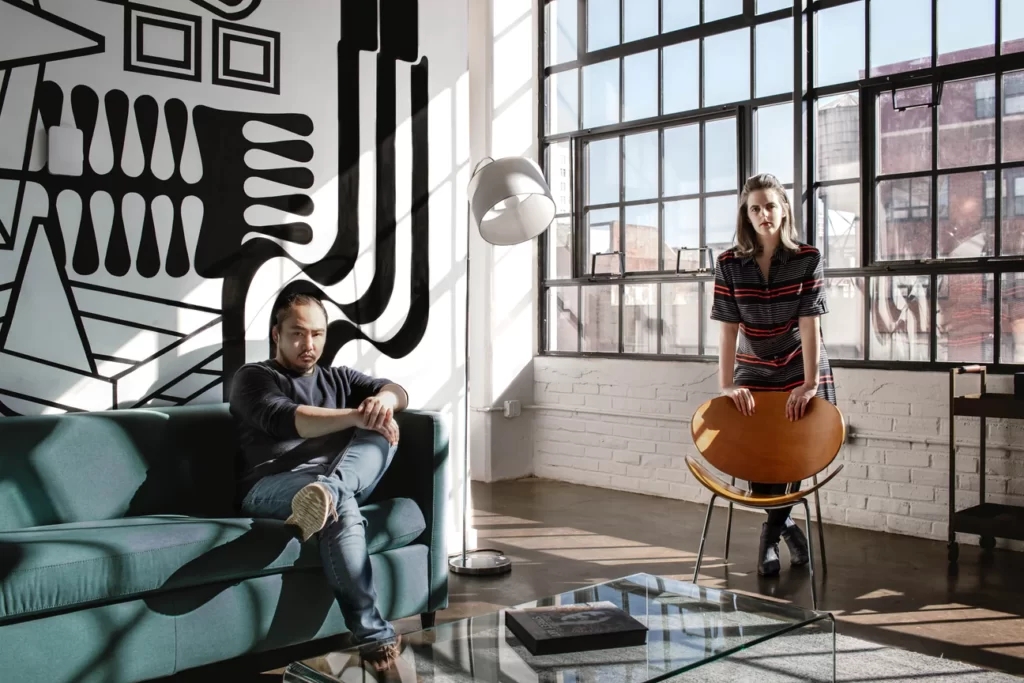
5 Financial Art Practices Artists Needs


As an artist, you should always know how to manage your finances so as to balance your art business efficiently. Most successful artists out there must already be following their debts, their taxes, and their savings. Having complete financial planning and maintaining your finances is important for your art business. Even if you are a full-time artist or art is just your side gig you should be literate about all financial knowledge because at some point in your life you have to deal with money. So you must know how and from where your money is flowing in and out.
So today with this article, we have got you 5 Financial Practices every artist swears by:
1. Create a budget:
Creating a budget when you have a fluctuating income is very important. Budgeting is a very essential part of our financial system doesn’t matter if we were earning a large or small amount. Budgeting can be even done while you have a small income and which will automatically help you make your life, practice and business more efficient. successful people had introduced assisting as 50/30/20 which can help you maintain your finances as a whole. so in this budget, the basic rule is to divide up after-tax income and allocate it to spend such a way 50% 30% on wants and 20% on savings. This is one of the best budgeting plans you can follow. Now in the case of all these things are a little bit different as they don’t have a regular income. with the artist it’s like one month you can be making a lot of money and then the next month it’s not even half of that amount. so if You are an artist, you should always watch out for your finances more carefully and you can make this work by creating a budget. For example, if you are making more money in or around winter time then you should save some part of your income for the time when the market will be down so that you still manage to do things when you are not earning enough.
2. Keep track of your finances:
Running in our business is easier and less stressful if you can understand how your money is flowing in and out. Now the key to financial stability depends a lot on where your money is coming from and where it is going. So to begin with artists always have separate business and personal accounts so that they can have a clear overview of their personal and business expenses. You need to be organized with your finances to keep track of expenses and revenues. To maintain that an artist can you some tools which are available in the market, Such as QuickBooks. QuickBooks is an amazing software where you can keep all your financial records organized. You can easily manage where all of your sources of income or generated, where your money is going and what you can write off with expense tracking. Also, there is another way of keeping track of your sales as an artist: an art inventory system. Having an odd inventory system that allows you to keep records of your artwork sales and keeping finances organize is the way of doing a healthy art business. get an accurate picture of your business by staying on top of your income and expenses by keeping a track of it.
3. Set financial goals:
Not everybody should plan some short and long-term savings or to have a successful art business. There in the case of the artist, it’s even more important to have financial goals which will keep which Will help you grow and secure your art business. goals always inspire us to save in ways that are generally difficult to follow for eg. If we need equipment for a studio or we need some money to Submit for a big open call, Then that thought will always want us to save money away for that goal. So by planning your short and long-term savings it will be easier for you to make up your mind. Now let’s talk about long-term goals do you have any long-term saving goals? Yes, it is very important to have a plan for your long-term savings how are you going to do it. This must be sounding a little overwhelming at the moment, but it’s not. Even if you save small amounts of money regularly it can be very powerful over time and that is One me you can save for your long-term goals.
4. Be your own boss:
When you are an artist/creative owning even a small business is a very big thing. You should know that you are the boss so now you have to act like one. Starting in our business does not come an easy way but of course, you should believe in yourself that yes you have accomplished this so there is absolutely nothing that you can’t do. And By saying be your boss we mean that you must know where your art practise stands financially. it is very important to plan strategic financial goals for your art career. When you are your own boss you have the work of deciding how to spend the money. You always have the ability and power to make your financial decisions regarding your business. So you must know how to stay firm on your prices as an artist, And for that, every artist needs to have the right pricing strategy. For maintaining your pricing strategy you need to have all the knowledge about your expenses on the materials shipping et cetera so that you know how much you are making and how much you are spending.
5. Stay educated on financial issues:
As an independent artist, you have to stay educated on how you can manage finances and even learn about other financial issues. For a lot of artists learning about finances isn’t a priority until it becomes an emergency. You should never ignore your finances otherwise it will only make you more anxious and stressed. Understanding how you can manage your small art business as an artist in a better way, Is a great way for keeping track of your receipts, income, expenses etc. So that, in the long run, you have some saved amount which you can use when it’s important.
Want more creative content, opportunities, helpful Tips like these?
Sign Up Now for Arts To Hearts Project’s Newsletter
and receive all art related stuff right in your inbox every week.

















Comments 18